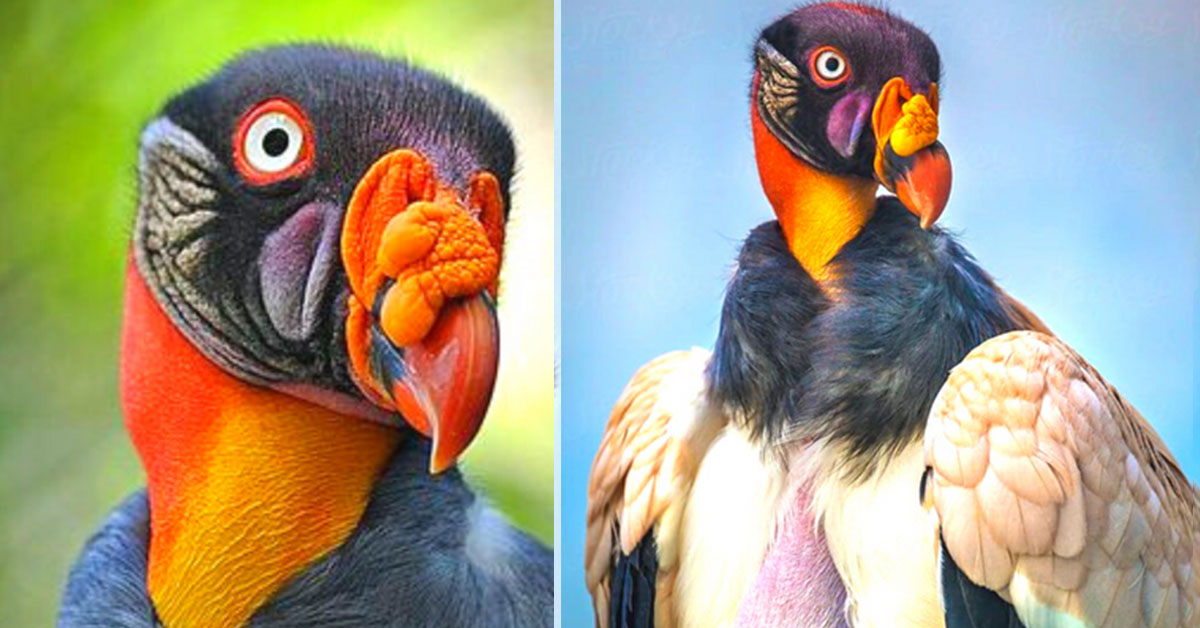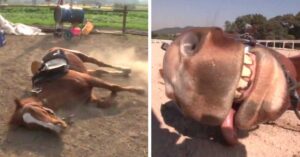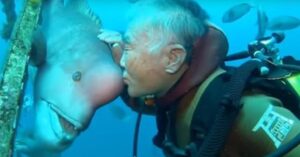The scientists at the Ave Costa Rica Zoo’s Rescue Center had been anticipating the birth of the King Vulture (Sarcoramphus Papa) for years before it happened 75 days ago.
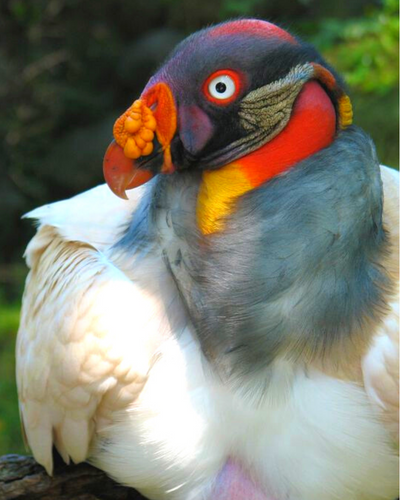
The parents of the vulture have spent the last ten years trying unsuccessfully to conceive while living in isolation and captivity for more than 28 years. These birds are regarded as extremely significant organisms for our planet.
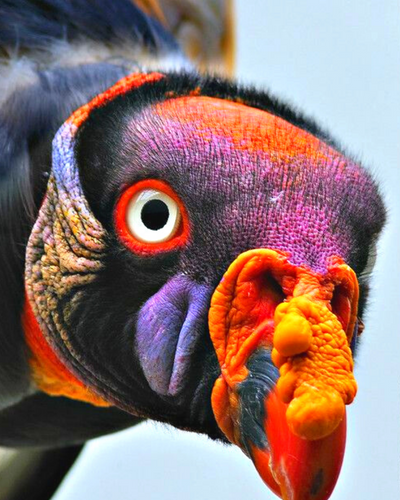
King Vultures Are Known For Using Scraps To Help Prevent The Spread Of Disease And Fill An Ecological Niche. Additionally, these birds are extremely helpful to the environment due to their specialized feeding habits. They eat trash, animal carcasses, and animal remains after slaughter. The tropical lowland forests from southern Mexico to northern Argentina are often home to this large bird, known as a king vulture, which may reach a length of 32 inches.
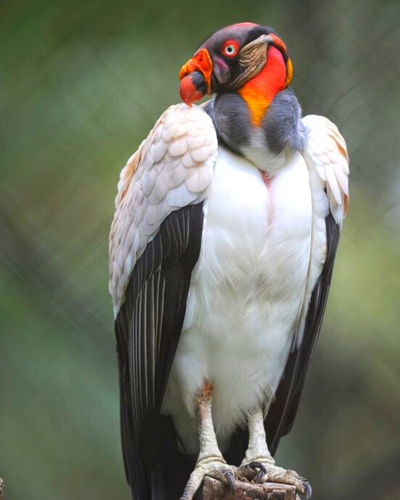
The King Vulture is a sizable bird that is primarily white, with gray to black ruff, flight, and tail feathers. The skin is a variety of colors, including yellow, orange, blue, purple, and red, with a bald head and neck. The orange fleshy caruncle on the beak of the King Vulture is very noticeable.
Although there are around 100,000 species of birds worldwide, they are regarded as endangered. The loss of habitat is the main cause of this. About 50 of these birds are thought to be living in Costa Rica right now.

Rescate Animal Zoo Ave Is A Wildlife Rehabilitation Facility With A Mission To Protect And Restore The Country’s Biodiversity Through Wildlife Rehabilitation And The Breeding And Reintroduction Of Endangered Species, Located On 84 Acres Of Natural Forest In Alajuela Province, Costa Rica. Many injured, orphaned, and confiscated native birds and mammals have been saved from death thanks to the zoo.
This Species Has An Extremely Wide Range And Does Not Reach The Vulnerable Thresholds, According To The Red List Category. (Occurrence Size 20,000 Km2, Decreasing Or Fluctuating Range Size, Habitat Quantity/Quality, Or Population Size, Small Number Of Sites, Or Severe Fragmentation). Although it appears that the population of these vultures is declining, it is thought that under the population trend criterion (>30% Decline In Ten Years Or Three Generations) the decline is insufficient for the vulnerable.
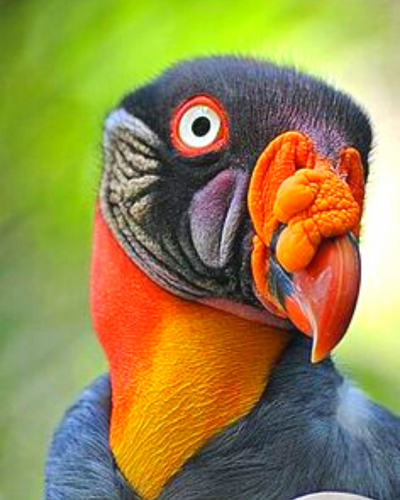
Although their population may be small, it is not thought to be enough to meet the thresholds for vulnerability under the population size criteria (10,000 mature individuals with an estimated sustained decline of >10% over ten years or three generations) or a defined population structure). Thus, this vulture species is considered to be of least concern. Additionally, King Vultures Have Been Kept In Captivity For Up To 30 Years.
